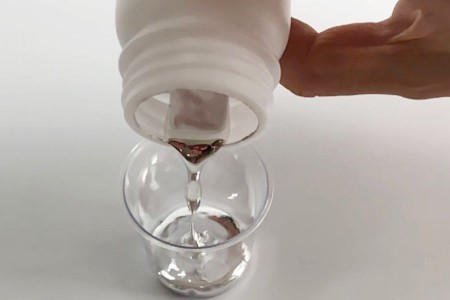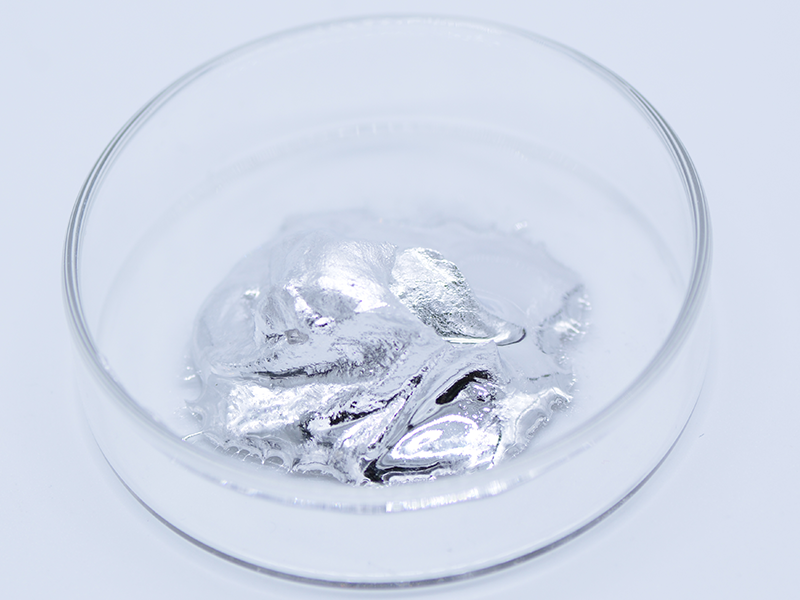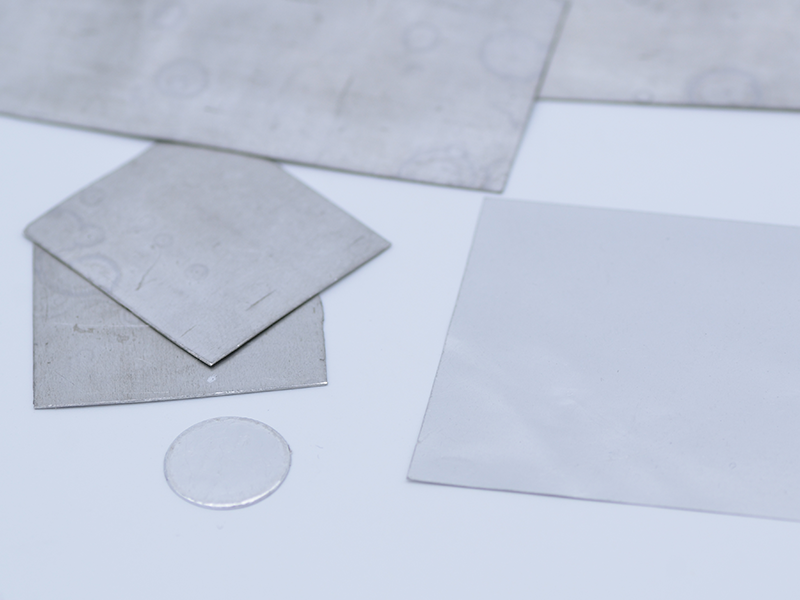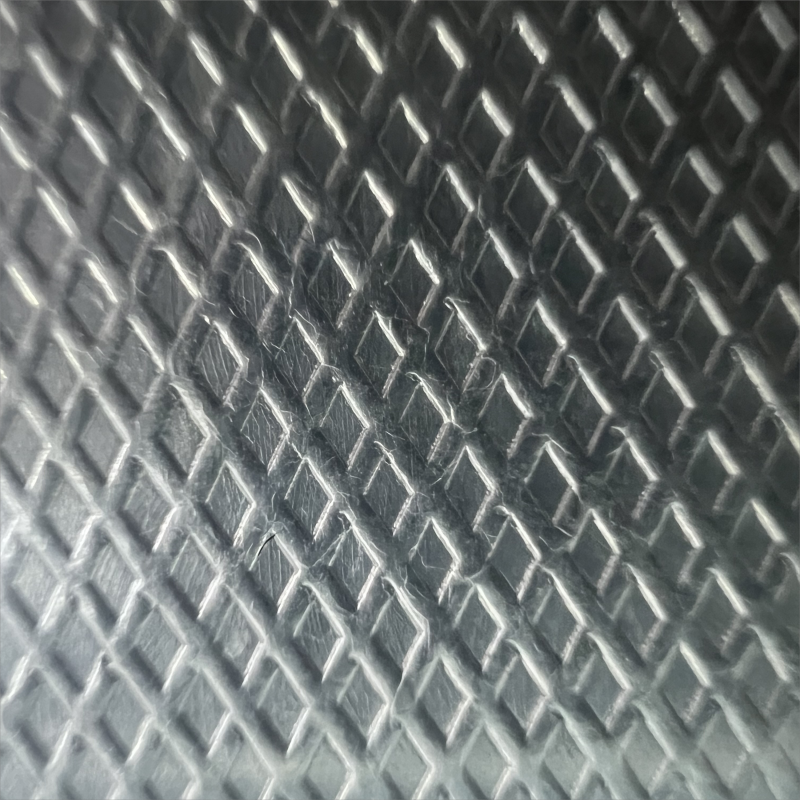Galinstan is a brand-name and a common name for a liquid metal alloy whose composition is part of a family of eutectic alloys mainly consisting of gallium, indium, and tin. Such eutectic alloys are liquids at room tem`perature, typically melting at +11 °C (52 °F), while commercial Galinstan melts at −19 °C (−2 °F).
An example of a typical eutectic mixture is 68% Ga, 22% In, and 10% Sn (by weight) though proportions vary between 62–95% Ga, 5–22% In, 0–16% Sn (by weight) while remaining eutectic; the exact composition of the commercial product “Galinstan” is not publicly known.
Due to the low toxicity and low reactivity of its component metals, galinstan finds use as a replacement for many applications that previously employed the toxic liquid mercury or the reactive NaK (sodium–potassium alloy).

Physical properties
·Boiling point: > 1300°C
· Melting point: −19°C
· Vapour pressure: < 10−8 Torr (at 500°C)
· Density: 6.44 g/cm3 (at 20°C)[3]
· Solubility: Insoluble in water or organic solvents
· Viscosity: 0.0024 Pa·s (at 20°C)
· Thermal conductivity: 16.5 W·m−1·K−1
· Electrical conductivity: 3.46×106 S/m (at 20°C)
· Surface tension: s = 0.535 - 0.718 N/m (at 20°C, dependent on producer)
· Specific heat capacity: 296 J·kg−1·K−1
Galinstan tends to be “wet” and adhere to many materials, including glass, which limits its use compared to mercury.
Uses
Galinstan is commercially used as a mercury replacement in thermometers due to its nontoxic properties, but the inner tube surface must be coated with gallium oxide to prevent the alloy from wetting the glass surface.
Galinstan has higher reflectivity and lower density than mercury. In the field of astronomy it is considered as a replacement for mercury in liquid mirror telescopes.
Galinstan may be used as a thermal interface for computer hardware cooling solutions, though major obstacles for widespread use are its cost and aggressive corrosive properties (it corrodes many other metals such as aluminium by dissolving them). It is also electrically conductive, and so needs to be applied more carefully than regular non-conductive compounds.
It is difficult to use for cooling fission-based nuclear reactors, because indium has a high absorption cross section for thermal neutrons, efficiently absorbing them and inhibiting the fission reaction. Conversely, it is being investigated as a possible coolant for fusion reactors. Unlike other liquid metals used in this application, such as lithium and mercury, the nonreactivity makes galinstan a safer material to use.








